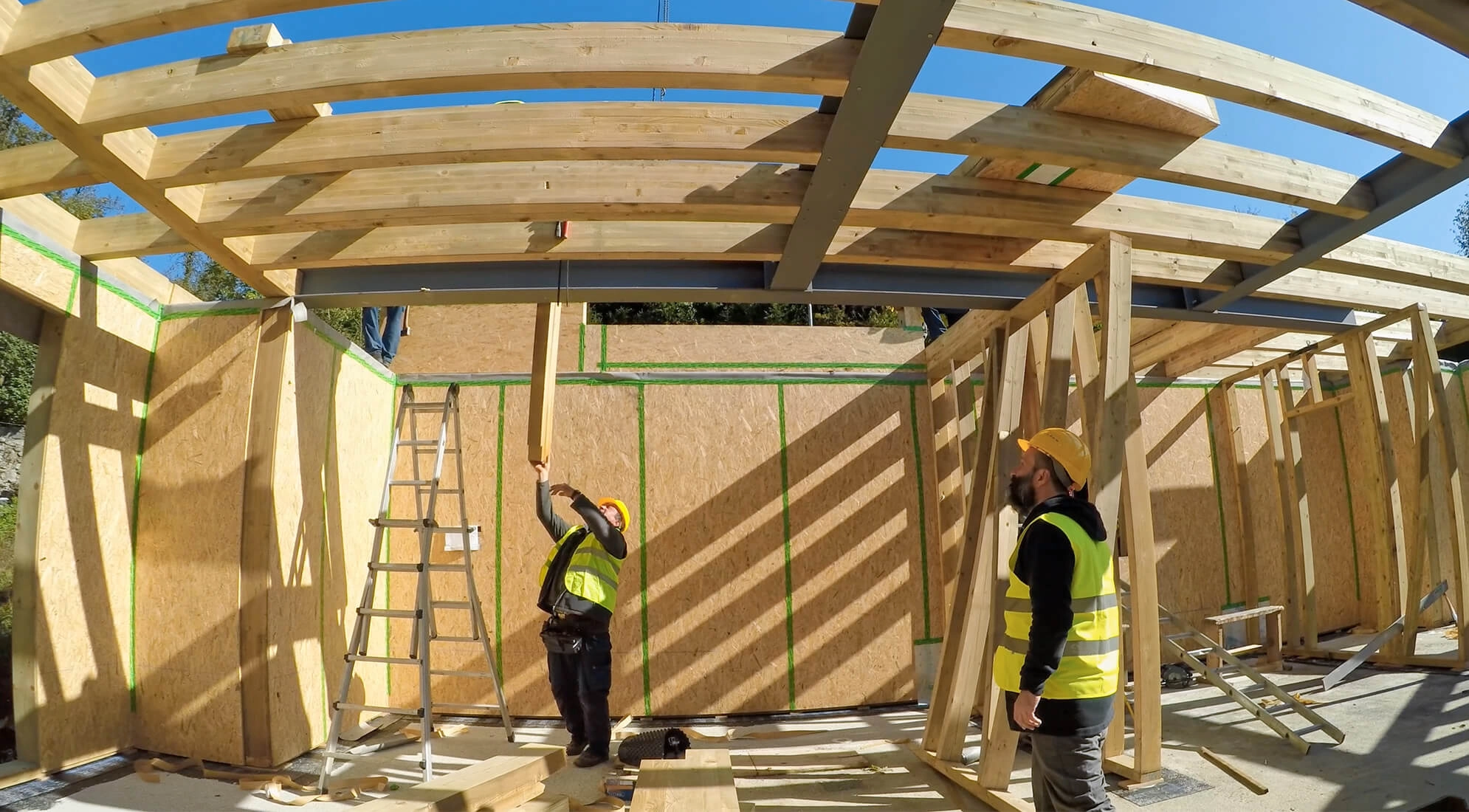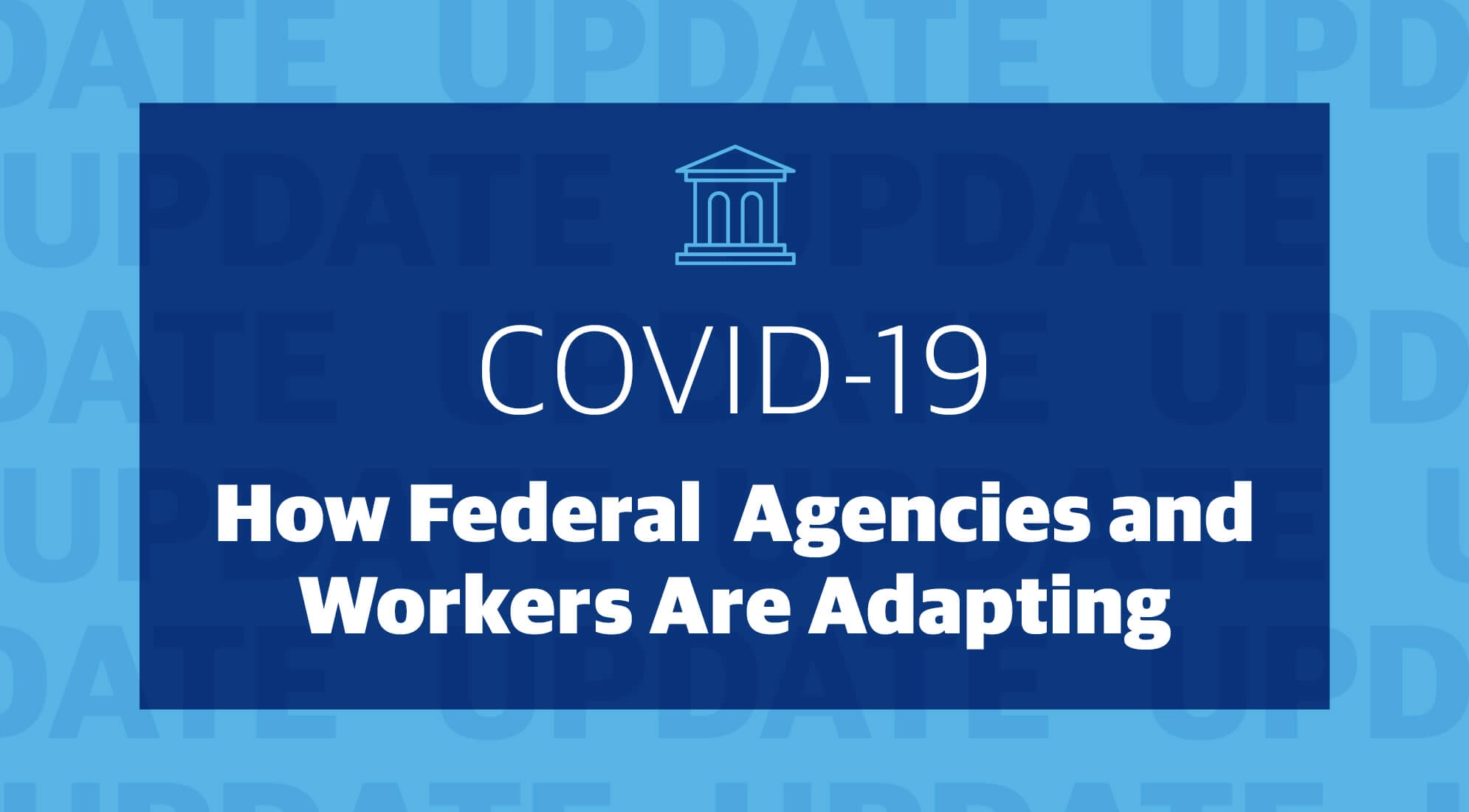When the Lights Come On: 3 Tips for Restarting Your Enterprise After the COVID-19 Crisis
September 11, 2020
I remember what it was like being a kid when a big storm would knock the power out. My mother would dig out oil lamps and candles, and everybody would gather in the living room to wait for electricity to return to the house. Sometimes, when the damage was bad enough, we’d have to wait for several days, all of us thinking about the first thing we’d do as soon as the lights come back on. During the COVID-19 pandemic, we collectively find ourselves in a similar situation. Only this time, the lights are our economy and the return of power is a return to stability for your business.
The problem is that none of us really knows when that will happen. Each one of us is experiencing varying degrees of uncertainty amid this period of social distancing and non-essential business shutdowns. My son’s high school is currently closed through the end of the month and hoping to reopen thereafter. Whether or not that happens remains to be seen.
But for now, the school facilities manager has until the end of next month to “restart” their facilities after what was essentially an extended spring break. Assuming the timeline holds, the school district has some idea of the date they’ll turn on the lights and roughly how many students and teachers will return.
On the other hand, my daughter’s college campus is closed through the end of this academic year. They’re working out a way for students to get back on campus to clean out their belongings. Then they’re locking everything down until the end of the spring semester.
Unlike our local high school, this college does not know how many students will be coming back yet. That means the facilities manager at my daughter’s college campus has a much higher degree of uncertainty to deal with. Will students want to come back on campus? Will enrollment drop? Will out-of-state students transfer somewhere closer to home? Will local students who attend out-of-state schools transfer in? How much facilities work must be done to ensure it’s safe to return?
With that much uncertainty in the air, it might be hard to imagine making plans for the first things you’ll do when the COVID-19 pandemic wanes, the lights come back on and you go back to normal work. But, rest assured, the lights will come back on, and you’ll want to be ready to hit the ground running. So, whenever it is safe for your facility to reopen, here are three actions you should put at the top of your list:
1. Re-establish Capital Availability
It doesn’t matter what your capital plan was, it has now changed. Or at least it should. The COVID-19 crisis has either eliminated funds that were ear-marked for facilities or dramatically reduced those coffers. Therefore, it will be crucial for you to re-establish the resources you have at your immediate disposal.

2. Re-prioritize Projects Based on Strategic Impact
Take a fresh look at your backlog and the cost estimates for those projects. Due to changes in labor and material availability, the cost of a project post-pandemic might be radically different than what was calculated only weeks ago. Projects that seemed critical a month ago may have no strategic importance against the backdrop of your current reality. Similarly, projects that were of little strategic importance a month ago may be considered mission-critical at this point.
3. Reconnect with Available Contractors, Cooperatives and Suppliers
There may have been dramatic disruption to your supplier and contractor partners. Now is a good time to inventory your critical partnerships to ensure that they have their lights on as well. If not, connecting with a local cooperative may give you access to a broader pool of workers.
Whenever the lights come back on for your business, Gordian is here to help you reestablish capital, re-prioritize projects, reconnect with your contractors or explore the world of cooperative purchasing networks. Hopefully there will be a time soon when we’ll look back and marvel at everything we accomplished in response to this COVID-19 crisis. For now, we’ll do our best to wait out the storm.
Share this:






